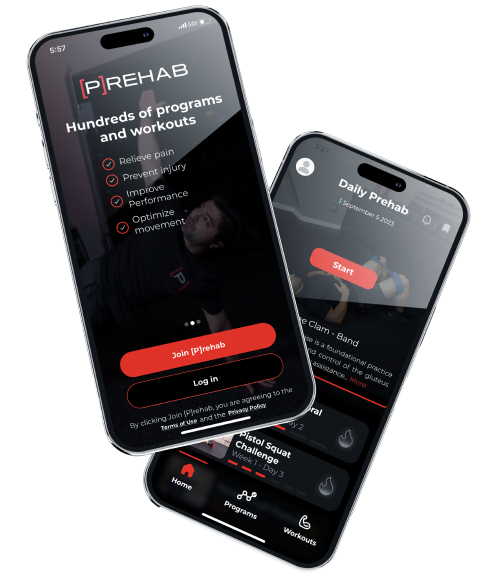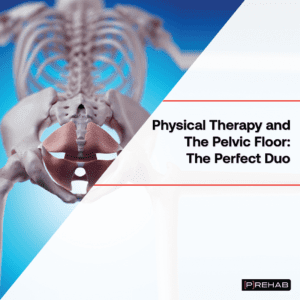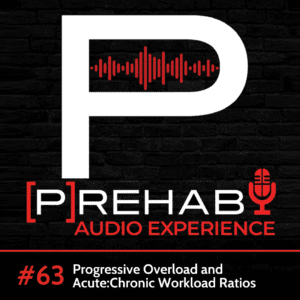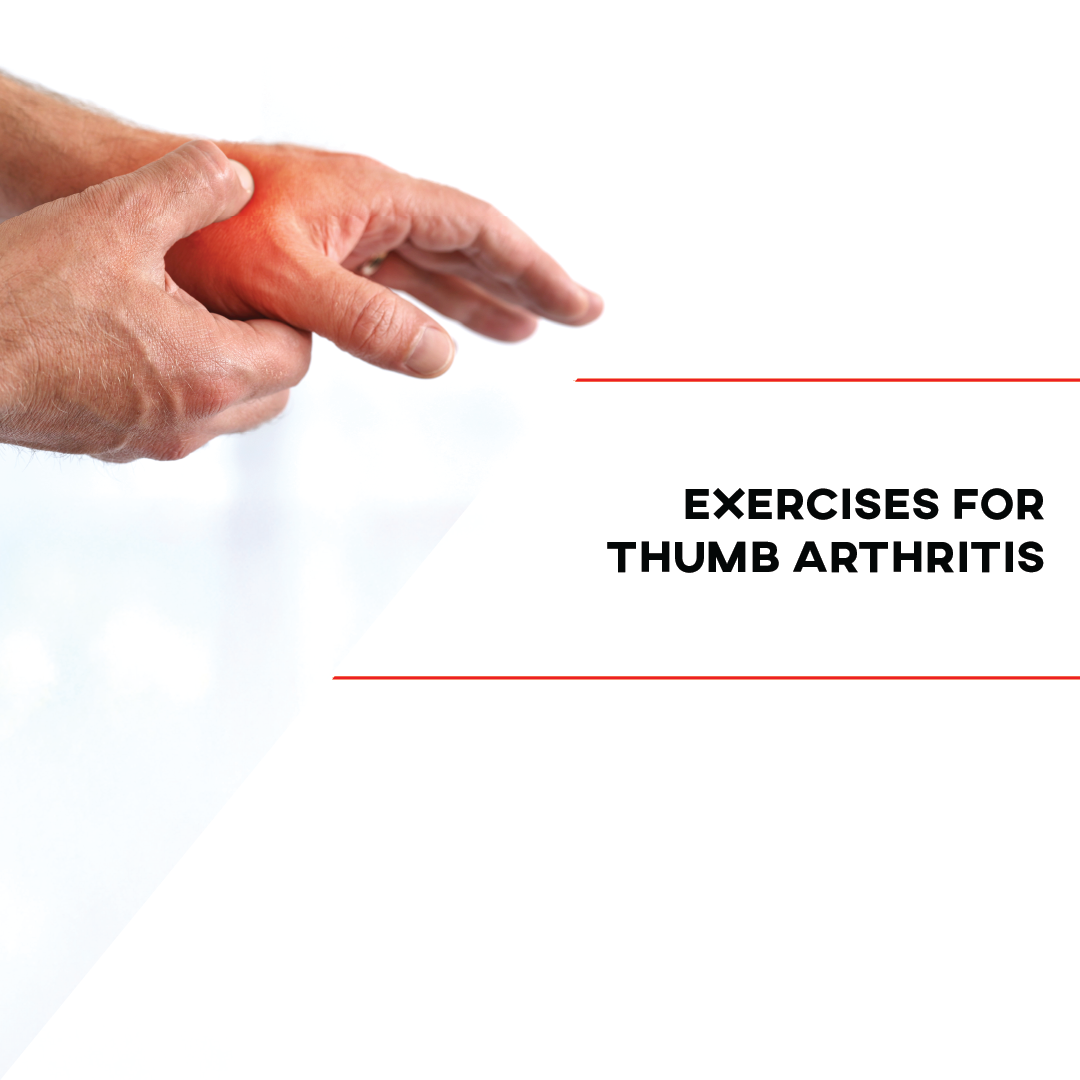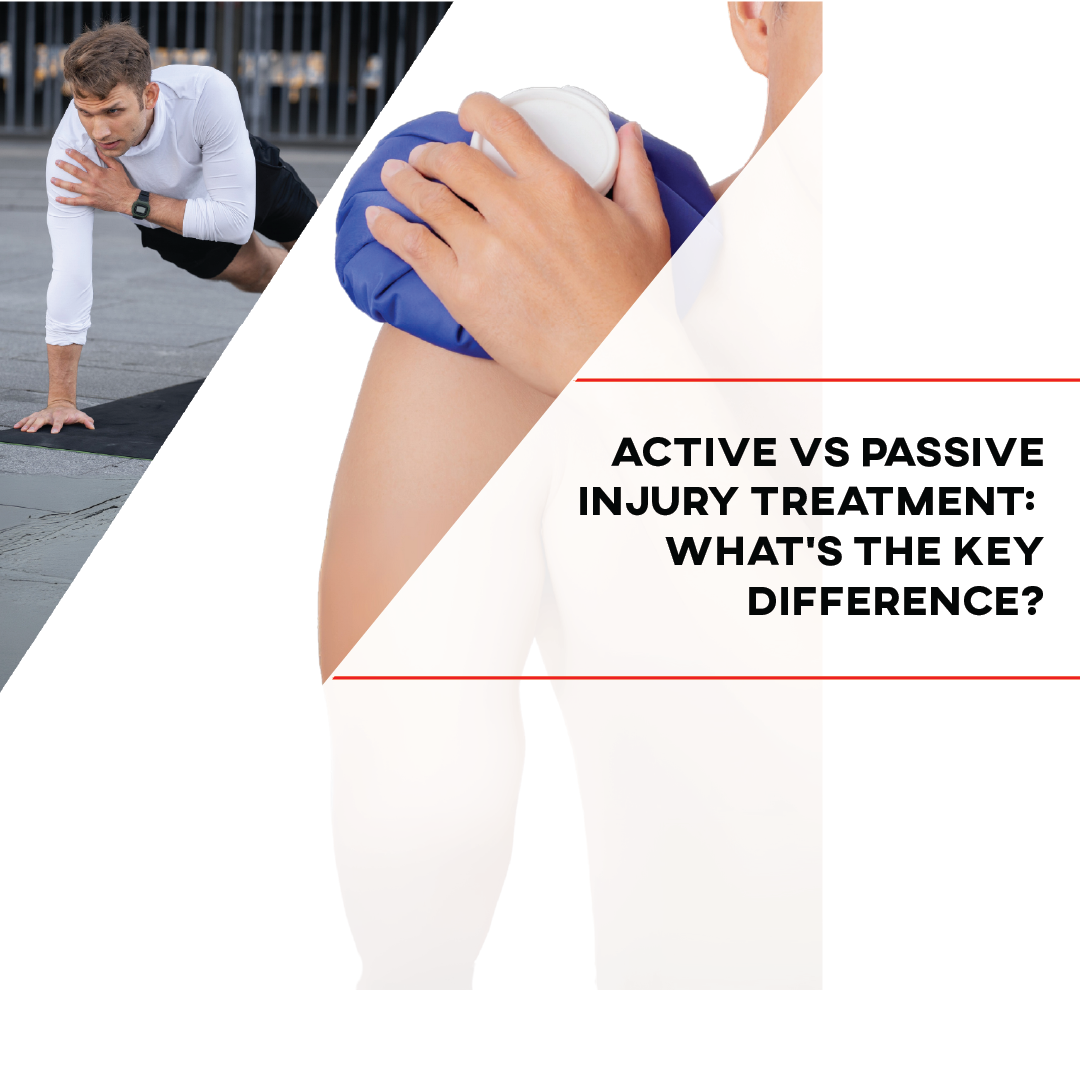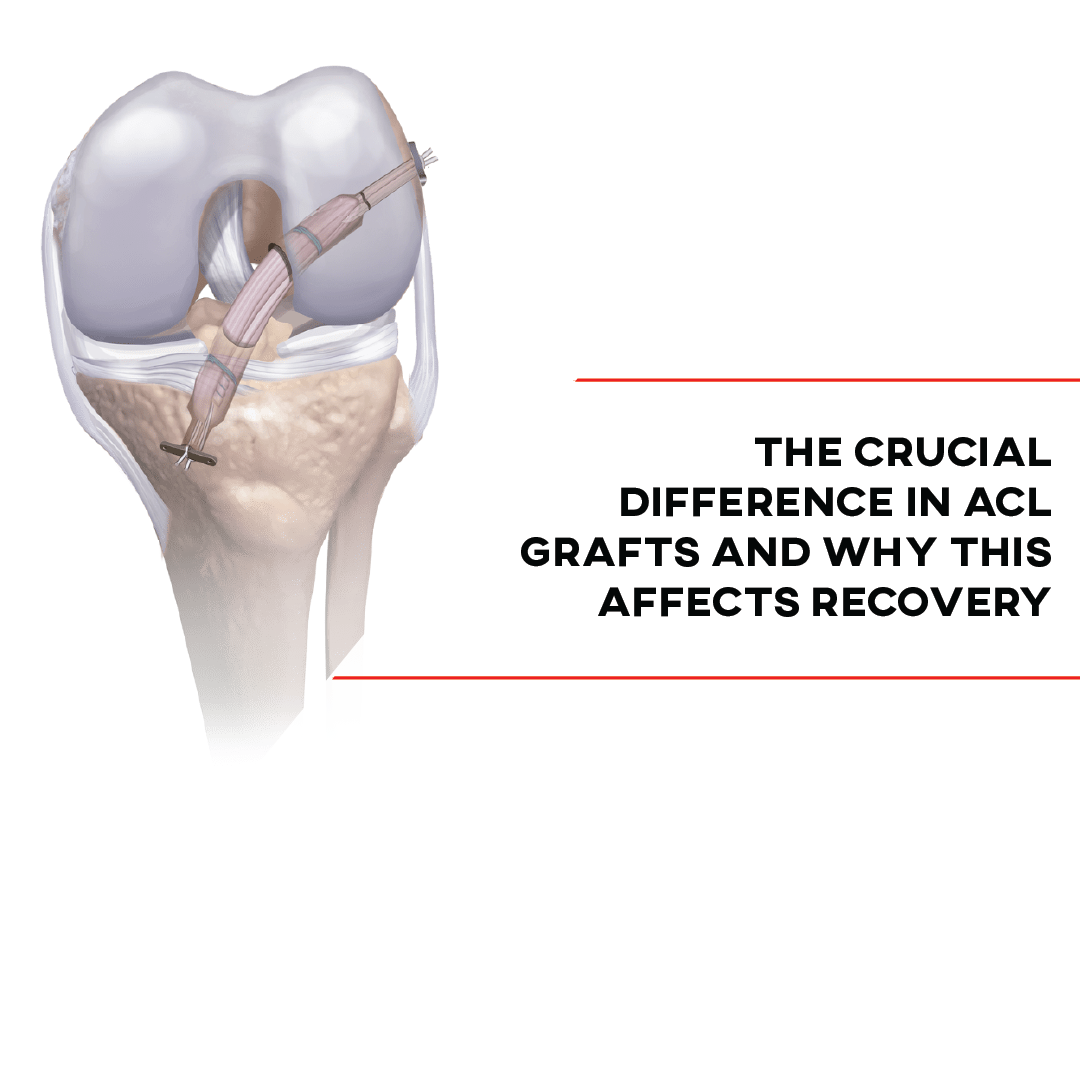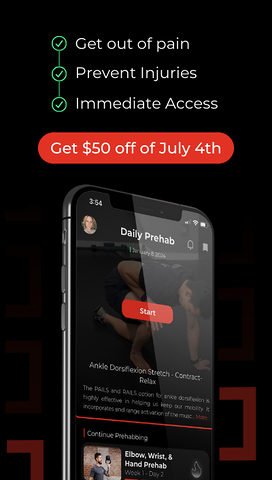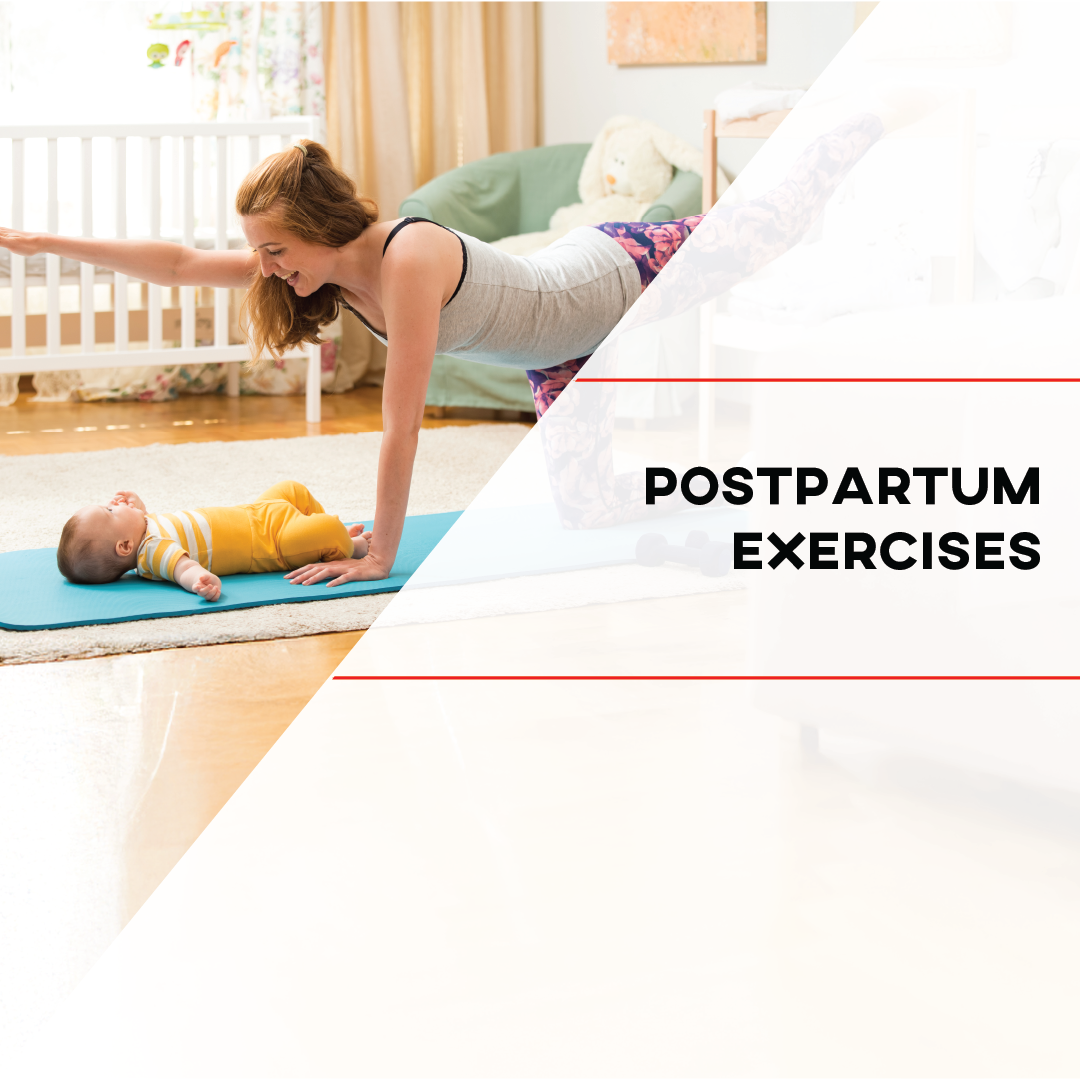
A new mom is sitting in the waiting room of her Obstetrics and Gynecologists office anxious for her 6-week postpartum check-up. She has been struggling with postpartum depression and is extremely eager to get back to exercising in hopes that this will help with her depression and make her feel more like herself. At the end of her appointment, she is told that her sutures are healing well after her episiotomy, she gains additional resources to support her postpartum depression, and is instructed that she is cleared to be sexually active again if comfortable. Our new mom leaves her appointment feeling hopeful and encouraged to begin half marathon training, join her friends at weekly yoga, jump back into boxing, and be intimate with her partner again. After 9 plus months of nurturing and caring for a new human, you go mama! However, what we didn’t know about our new mom is that she is having pain with intercourse, is feeling extremely weak in her core when lifting her baby, is experiencing urinary leakage and pelvic heaviness during her morning walks, and began to have increasing pubic symphysis pain when she tried a return to run program that she found scrolling the internet. These “common but not normal” postpartum conditions should be addressed prior to increasing any form of training intensity. I know what you’re thinking, after giving so much, we want this to be an easy transition for our new mom! Why can’t it be? And how do we know when it is safe to return to activity postpartum? Let’s break it down. In this blog, we will dive into the postpartum pelvic floor, how the pelvic floor can be impacted during pregnancy, and what post partum exercises are safe and allow for a full recovery. Let’s get our half marathon running, boxing queen new mom on the right path!
What is the pelvic floor? How is it impacted postpartum?
The pelvic floor is a grouping of muscles that supports the organs of urination, defecation, and sexual function. This group of muscles sits in between the two pelvic bones and can be visualized as a sling that works intimately with the hip muscles, spine, and core to create a dynamic yet stable support system1. Beyond support, the muscles of the pelvic floor also assist in controlling intraabdominal pressure by communicating with the diaphragm. Believe it or not, this group of muscles helps to manage changing pressures while pushing a stroller, lifting a car seat, running, or any activity that requires movements of the trunk and limbs(2).
READ: PELVIC FLOOR AND PHYSICAL THERAPY
Now let’s take into consideration how the pelvic floor is directly impacted during pregnancy and labor. Pregnancy creates a change in the human body, both mechanical and hormonal. Vaginal delivery results in increased pelvic floor muscle mobility postpartum. Additionally, surgical repair of pelvic floor musculature could be present depending on the individual’s labor. If an individual has a cesarean section, the abdominal musculature is now healing from major surgery. This can put additional challenges on other stabilizing muscles to provide support as the abdominal wall and surgical site heal. If we move up the chain, many individuals experience a widening in their abdominal muscles due to stretching and thinning of the linea alba, this is called diastasis recti. An increase in this inter-recti distance can challenge the function of the abdominal muscles leading to mechanical challenges, impaired pelvic stability, and increased vulnerability of the pelvis and lumbar spine(3). Just for fun let’s add in a 9-lb. baby, an all too awkward and heavy car seat, and the constant bending that is happening to get the baby in and out of the crib. Wow! That’s a lot of load on a healing body!
Don’t hit the panic button just yet. It’s important to recognize the changes that happen to the pelvic floor and the human body during pregnancy and postpartum, but it is just as important to recognize that the body has amazing healing capabilities! In a study that looked at the effects of exercises on diastasis of the rectus abdominis in both antenatal and postnatal periods, it was determined that appropriately guided exercise was protective for the development of diastasis, with natural resolution and greatest recovery happening between the first day and 8 weeks post delivery (3,4). The pelvic floor musculature, too, has an optimal window of 6 months postpartum to recover, with the return of the levator hiatus area to a similar prenatal size by 12 months(5). A physical therapist with specialty training in pelvic health and postpartum care can provide guidance to assist in recovery and maximize healing within the first weeks to months postpartum! Check out our Postpartum Rehab program through the [P]rehab App designed by a pelvic floor specialist to get started!
LEARN MORE ABOUT OUR POSTPARTUM REHAB PROGRAM
Looking to level up your core, pelvic floor, and confidence with our 8-week Postpartum Rehab program through the [P]rehab App! Get started today!
So what can be done?
I’m sure we’ve all heard this one before…EXERCISE! There are safe, effective, and healthy ways to exercise and aid in recovery during the postpartum period. In a review of all international guidelines for physical activity following pregnancy, it was determined that postpartum physical activity can improve overall mood and wellbeing, support weight loss and/or maintenance, improve cardiorespiratory fitness, and may reduce the impact of postpartum depression(6). So how much is too much? It’s important to check in with your healthcare team, physical therapist included, to determine what makes the most sense for you in your postpartum journey! However, most pre-pregnancy routines can be resumed gradually if both physically and mentally safe.
LISTEN: THE KEYS TO PROGRESSIVE OVERLOAD
Let’s dive into some specific exercises below:
Diaphragmatic breathing
- Exhale entirely as you draw your ribs to your pelvis pulling your abdomen towards your back
- Gently perform 10-20 breaths
Proper body mechanics with lifting
- Squat with exhale coming up
- Hip hinge with exhale coming up
Supine pelvic floor exercises
- exhale as you squeeze and lift
- inhale and relax the pelvic floor
- can be resumed as soon as you feel up to it!
Bridge with pelvic floor contraction
- Exhale and squeeze and lift during the bridge
- Inhale in resting position
These exercises are general recommendations that are often safe to begin in the initial stages of postpartum. However, it is highly recommended to have an evaluation from a member of your healthcare team prior to beginning exercise if any of the following signs or symptoms are being experienced. These could be telling of potential pelvic floor dysfunction and would best be treated with the guidance of a healthcare member with pelvic floor and postpartum training.
Looking To Build Those Glutes Back Up After Pregnancy?
Signs and symptoms of pelvic floor dysfunction
- Urinary and fecal incontinence
- heaviness/pressure/bulging in the pelvic area
- Pain with intercourse
- Abdominal weakness or separation
- Musculoskeletal and lumbopelvic pain
Returning To Activity Postpartum
So, what about our new mom who is hoping to get back to half marathon training? And is eager to join her friends at their weekly kickboxing class. Can she do it? The answer is of course, BUT WITH TIME. She is currently experiencing several of the above signs and symptoms of pelvic floor dysfunction and would benefit from some gentle strengthening and low-impact exercise prior to jumping back into high-impact exercise. It has been shown that high-impact exercise has a 4.59-fold increased risk of pelvic floor dysfunction compared to the alternative of low-impact exercise(7). Our new mom can absolutely return to high-impact exercise in the future, but we need to be considerate of the healing process that is postpartum and begin with light workloads. For this reason, it is recommended that running and high-impact activity resume 3-6 months postpartum8. If an individual is experiencing urinary or fecal incontinence, heaviness/pressure/bulging in the pelvic area, pain with intercourse, decreased abdominal strength and function, or musculoskeletal lumbo pelvic pain then high impact exercise should be postponed until these signs and symptoms are resolving, despite a timeline. A pelvic floor physical therapist can do a thorough internal and external pelvic floor exam to determine the right return to high-impact activity timeline for you! Let’s breathe, exercise our pelvic floor and practice proper lifting mechanics now so we can run, jump, skip, and box later.
The Prehab membership is the anti-barrier solution to keeping your body healthy. Access state-of-the-art physical therapy, fitness programs, and workouts online in the comforts of your own home or gym! Taking control of your health with exercise & education from the palm of your hand has never been easier. Get access to 50+ programs, 100+ unique workouts, and 3000+ exercises to build your own workout routines. Trial it for free, and learn how to get out of pain, avoid injury, and optimize your health with [P]rehab!
Closing Thoughts
The postpartum pelvic floor can feel overwhelming and complicated. From cesarean section to diastasis recti to urinary incontinence and everything in between, the pathway to healing can feel unclear. It’s important to remember that the human body is designed to rebound from pregnancy, and with the right tools and a supportive healthcare team, returning to high levels of exercise and activity is achievable. A physical therapist with specialty training in the pelvic floor can assist in the management of core, hip, and pelvic floor strengthening during postpartum healing!
Now let’s check back in on our new mom. We find out that she has been working with a physical therapist for several months to reduce pain with intercourse and incontinence, begin regaining her core strength, and gradually progress her walking program. She is feeling stronger, her mood is beginning to improve, and she is now beginning to run at 7 months with her baby in tow. She went to her first boxing class last week with her friend and had no urinary incontinence, and is looking to sign up for a half marathon in one year! Let’s keep our new postpartum moms strong, healthy, happy, and most importantly, healing.
LEARN MORE ABOUT OUR POSTPARTUM REHAB PROGRAM
Looking to level up your core, pelvic floor, and confidence with our 8-week Postpartum Rehab program through the [P]rehab App! Get started today!
References
- Eickmeyer SM. Anatomy and Physiology of the Pelvic Floor. Phys Med Rehabil Clin N Am. 2017;28(3):455-460. doi:10.1016/j.pmr.2017.03.003
- Gowda SN, Bordoni B. Anatomy, Abdomen and Pelvis, Levator Ani Muscle. In: StatPearls. Treasure Island (FL): StatPearls Publishing; August 11, 2021.
- Benjamin DR, van de Water AT, Peiris CL. Effects of exercise on diastasis of the rectus abdominis muscle in the antenatal and postnatal periods: a systematic review. Physiotherapy. 2014 Mar;100(1):1-8. doi: 10.1016/j.physio.2013.08.005. Epub 2013 Oct 5. PMID: 24268942.
- Coldron Y, Stokes MJ, Newham DJ, Cook K. Postpartum characteristics of rectus abdominis on ultrasound imaging. Man Ther. 2008 May;13(2):112-21. doi: 10.1016/j.math.2006.10.001. Epub 2007 Jan 5. PMID: 17208034.
- Stær-Jensen J, Siafarikas F, Hilde G, Benth JŠ, Bø K, Engh ME. Postpartum recovery of levator hiatus and bladder neck mobility in relation to pregnancy. Obstet Gynecol. 2015 Mar;125(3):531-539. doi: 10.1097/AOG.0000000000000645. PMID: 25730212.
- Evenson KR, Mottola MF, Owe KM, Rousham EK, Brown WJ. Summary of international guidelines for physical activity after pregnancy. Obstet Gynecol Surv. 2014;69(7):407-414. doi:10.1097/OGX.0000000000000077
- de Mattos Lourenco TR, Matsuoka PK, Baracat EC, Haddad JM. Urinary incontinence in female athletes: a systematic review. Int Urogynecol J. 2018;29(12):1757-1763. doi:10.1007/s00192-018-3629-z
- Goom T, Donnelly G, Brockwell E. Returning to running postnatal – guidelines for medical, health and fitness professionals managing this population. Absolute.physio. https://absolute.physio/wp-content/uploads/2019/09/returning-to-running-postnatal-guidelines.pdf. Published 2019. Accessed July 25, 2022.
About The Author
Lyndsay Centrowitz, PT, DPT
[P]rehab Writer & Content Creator
Dr. Lyndsay Centrowitz graduated from Colorado State University with a BS in Health and Exercise Science and a concentration in Sports Medicine. After multiple personal sports related injuries and discovering a passion for healing through movement, Lyndsay attended Creighton University to receive her Doctorate of Physical Therapy. An avid runner herself, she has a particular interest in working with high school, recreational and elite endurance athletes and has undergone specialty training in pelvic floor rehabilitation to better serve her clientele. Through this specialty training, she has acquired a Certificate of Achievement in Pelvic Health Physical Therapy through the American Physical Therapy Association. Additionally, Lyndsay is BSPTS C2 certified in scoliosis specific exercise and has found a niche working with adolescents with scoliosis to improve overall spinal health. No, you’re not seeing double! Lyndsay is an identical twin to Lauren Lynass, one of our [P]rehab rockstars. A native to Colorado, Lyndsay is an adventure seeker who loves to hike, camp, and race her twin sister on the mountain trails. When the Portland rain hits, you can find her curled up with a good book and a cup of tea.
Disclaimer – The content here is designed for information & education purposes only and is not intended for medical advice.
About the author : Lyndsay Provencio PT, DPT
Related posts
Get Proactive with Prehab
- ✔ Zero wait times, no hidden fees, no barriers to entry!
- ✔ Get out of pain, get stronger, and improve your mobility
- ✔ Access to easy-to-digest physical therapy education videos & resources to learn about your body in the palm of your hand
- ✔ Guidance from trusted Doctors of Physical Therapy
